Blame the Governor, the Democrats in the Legislature and the fools who voted for them.
Subject: Public Notification
Governor Kate Brown has signed into law, effective immediately, HB 4111, which will allow persons in the United States with an Employment Authorization Document issued by the US Citizenship and Immigration Services to be issued an Oregon Driver’s License. The person who applies for such a license under this HB is not required to provide proof of legal presence in the United States when applying for a limited term identification card or driver’s license. Limited term driver’s license will not be accepted as proof of citizenship for Concealed Hand Gun License.
As such, effective on June 3, 2019, all persons who wish to apply for a Concealed Handgun License in Coos County will need to bring proof of citizenship with them when applying. This can be done with an original birth certificate or a US Passport or other government issued identification that meets the required identification requirements. One example is the “new” Real ID compliant drivers license issued by Oregon DMV which requires an additional fee to DMV.
Craig Zanni- Sheriff
CHL requires proof of ID. a while back the legislature attempted to give licenses to illegal aliens claiming it would make the roads safer as they would buy insurance etc… However the voters said no. The legislature has over ruled the voters and authorized a drivers license gain. However those license will not meet the real ID rules as the previous licenses had been doing, as required by federal law. The new real ID license require an additional fee to the state via DMV if I read the new rule correctly.

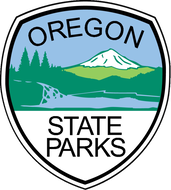

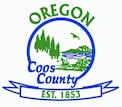
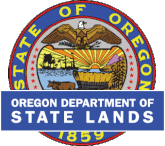



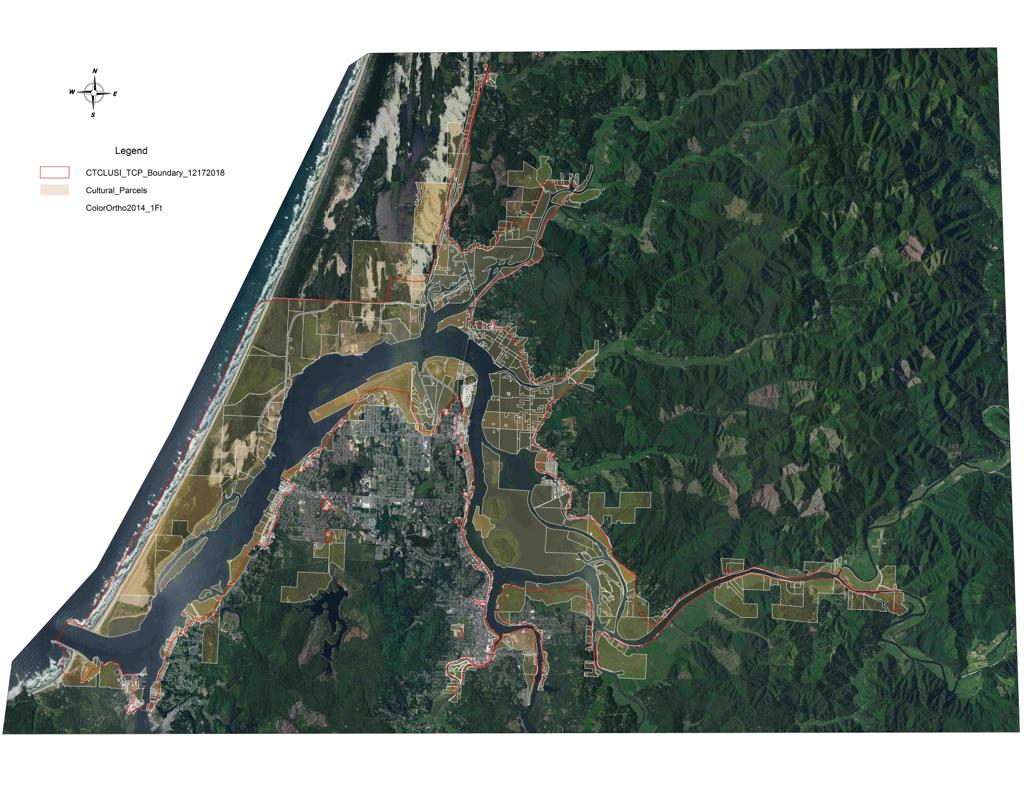
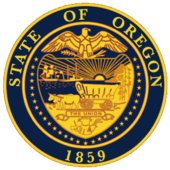
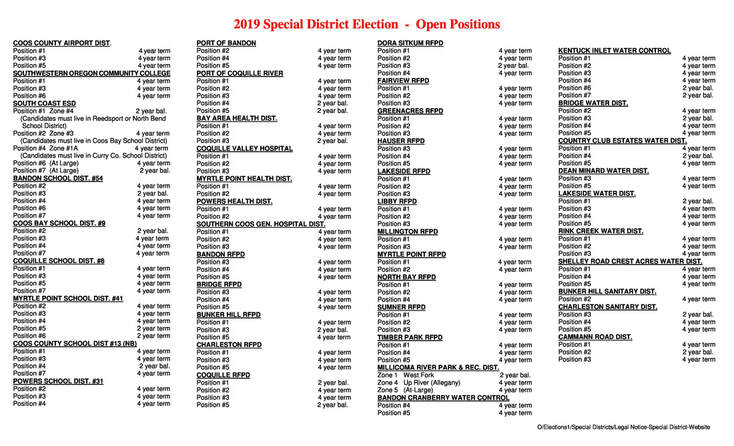

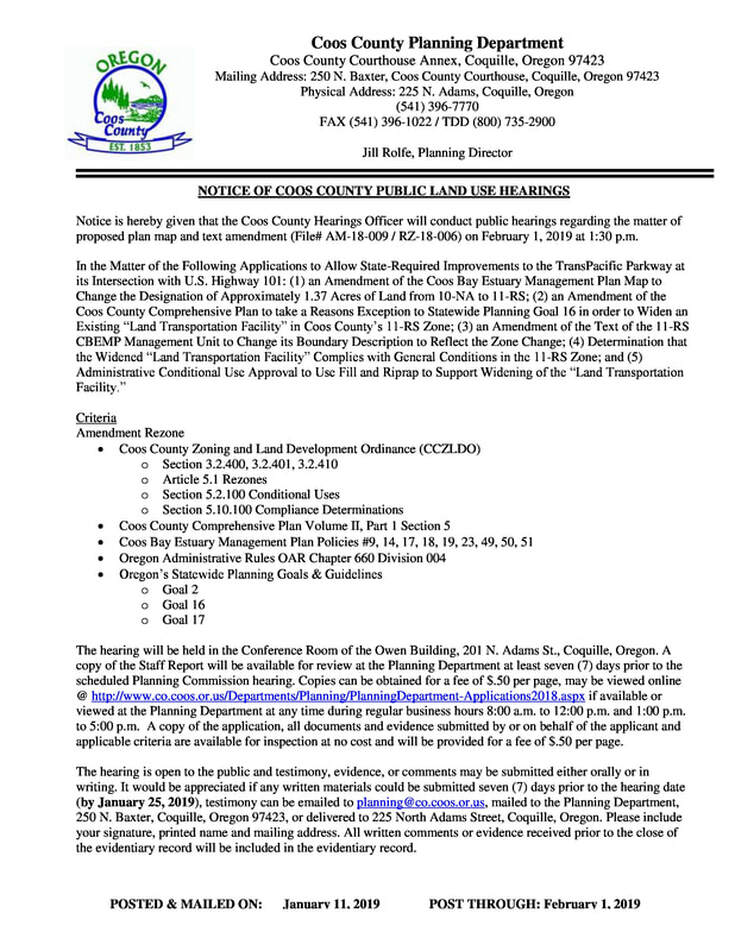
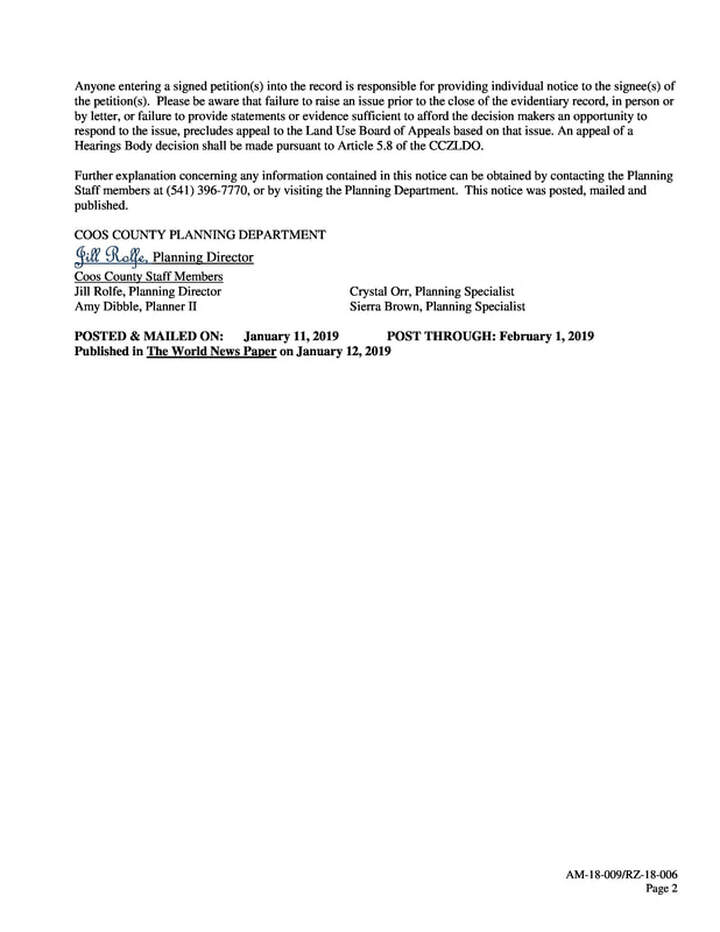
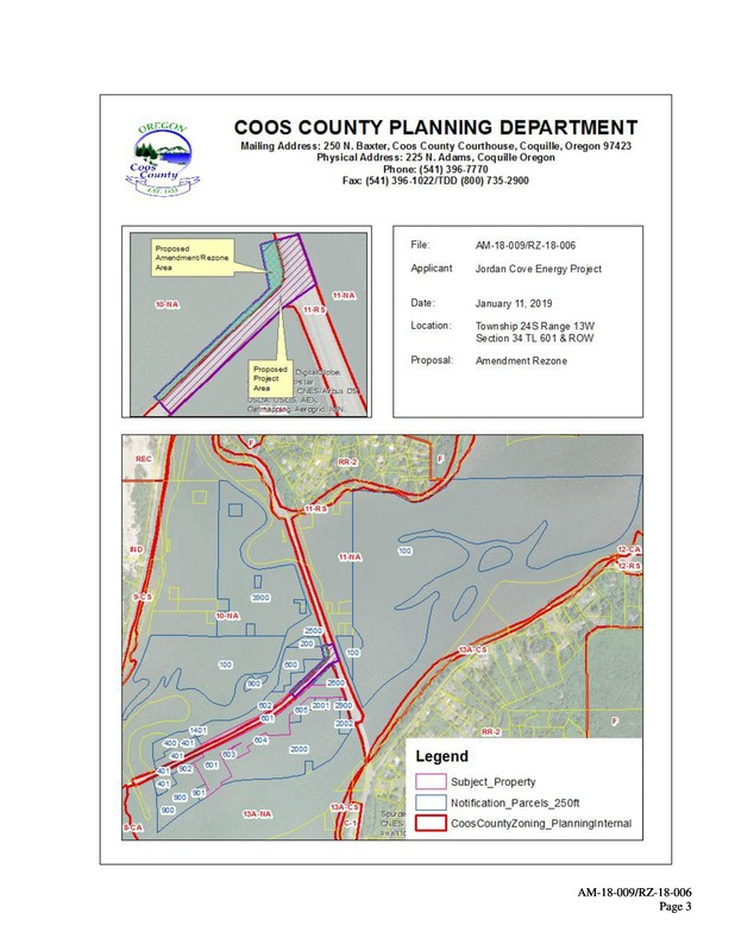

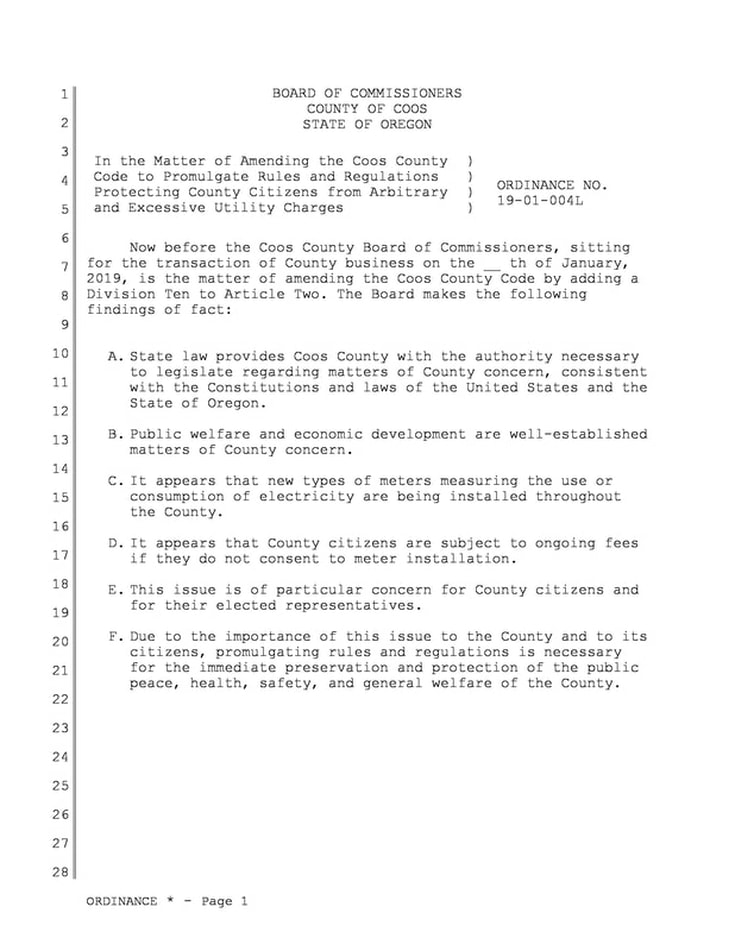
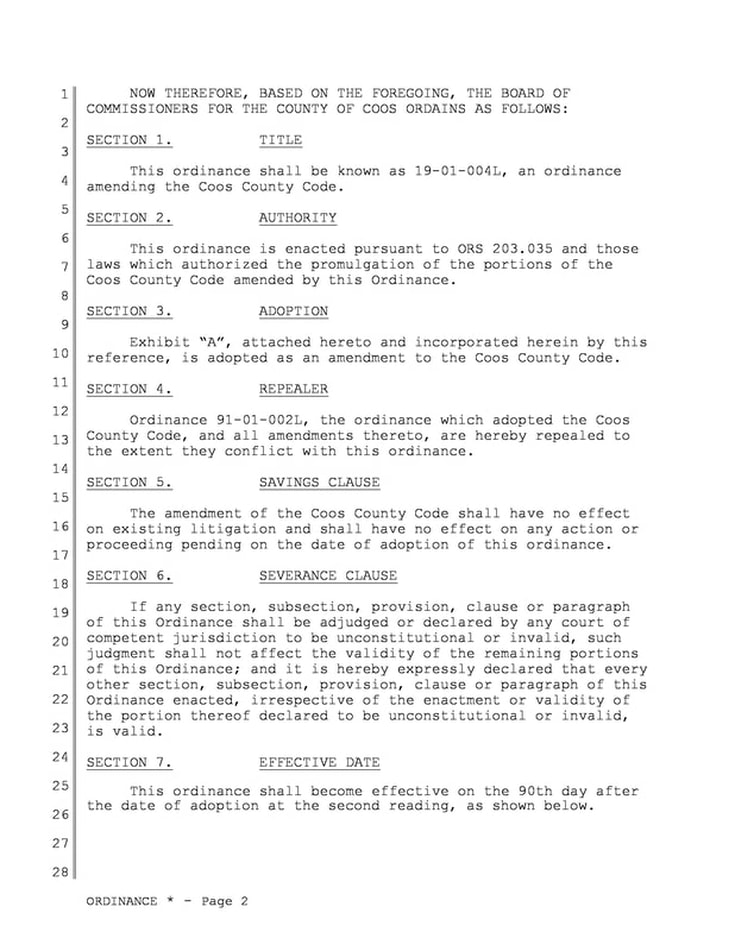
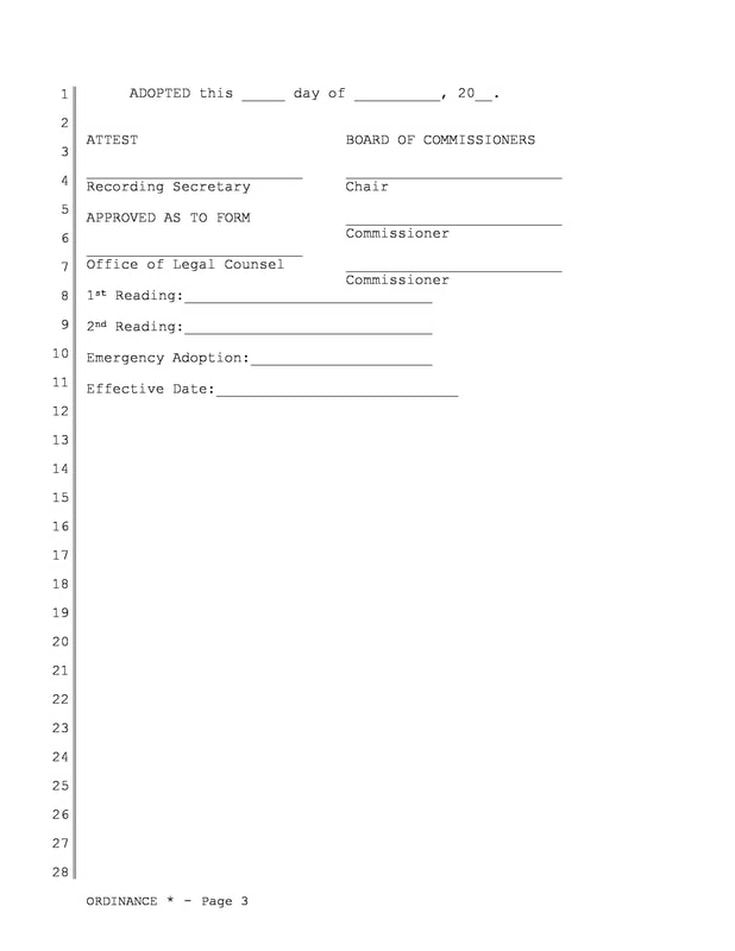
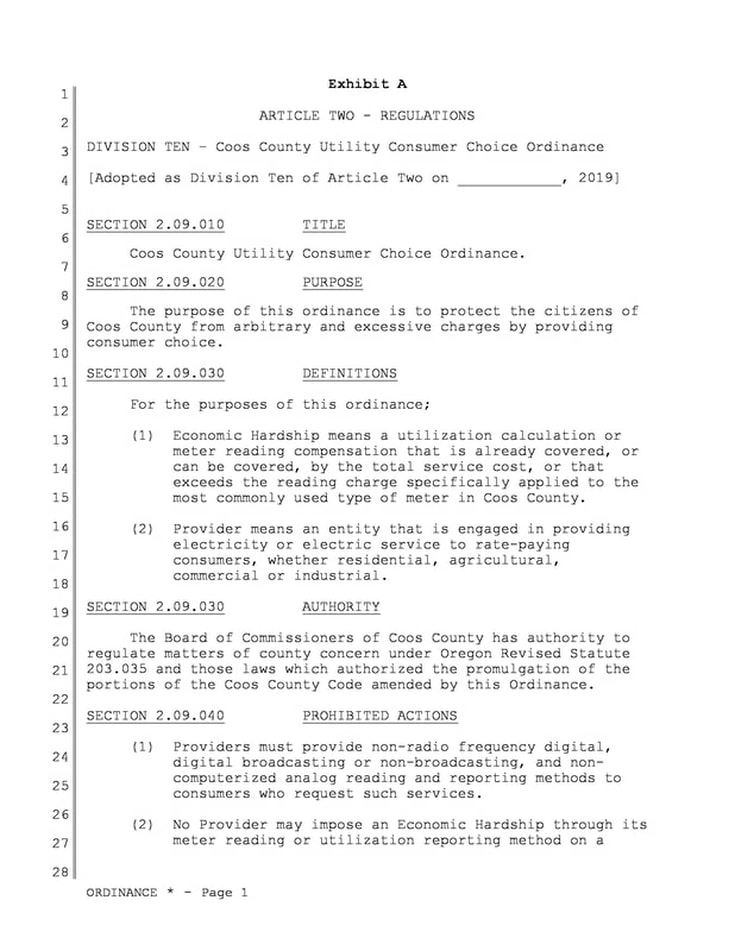
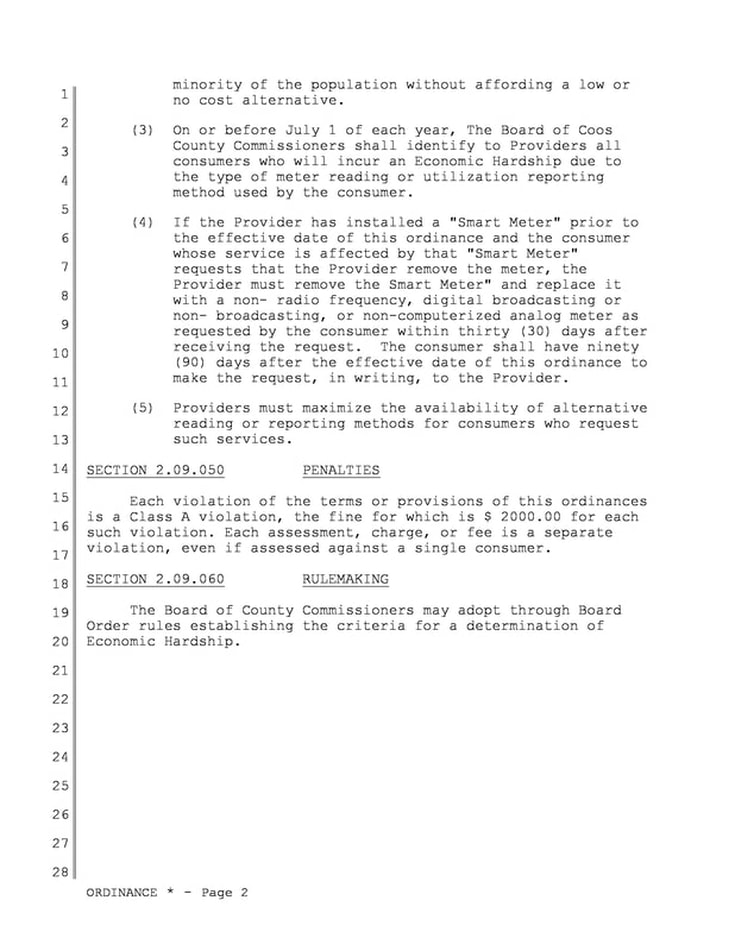
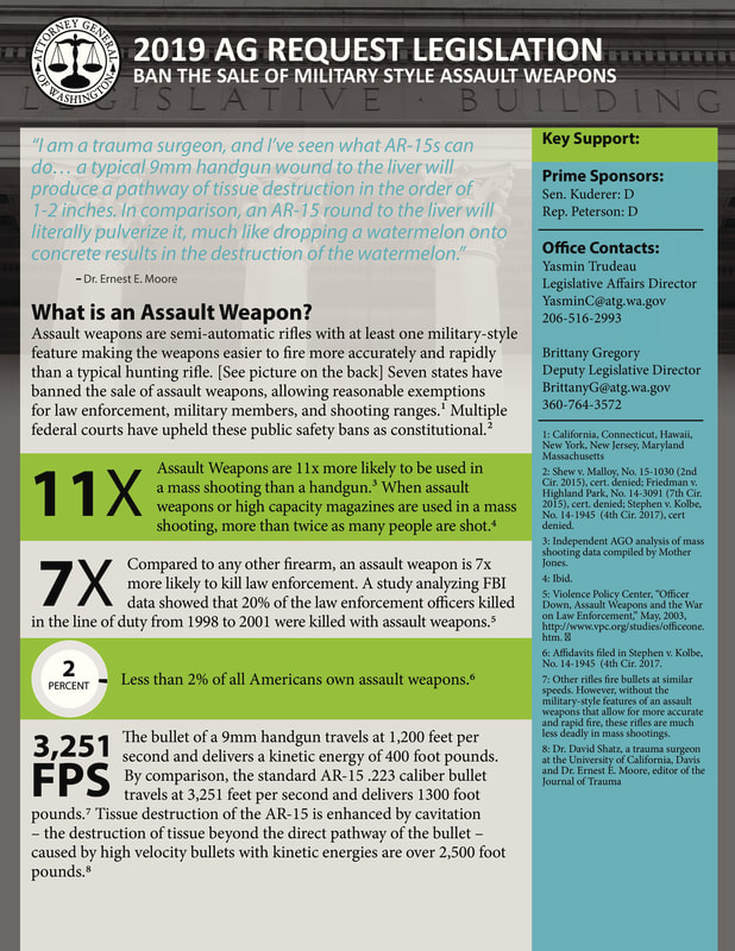

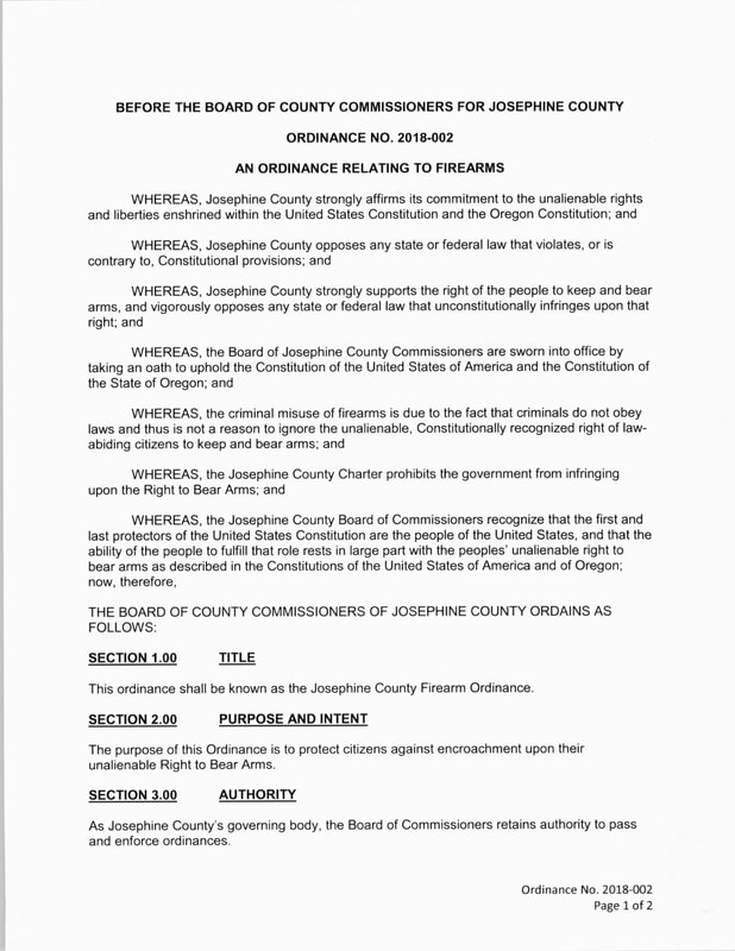
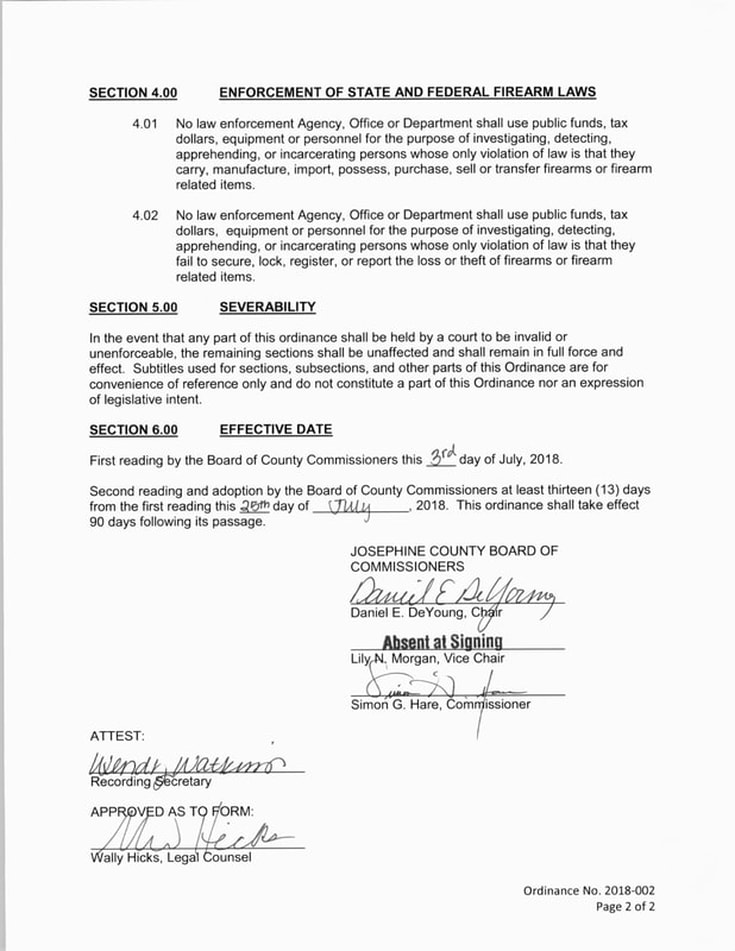


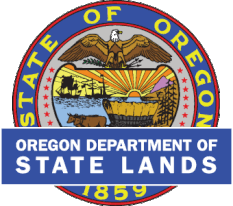


 RSS Feed
RSS Feed
